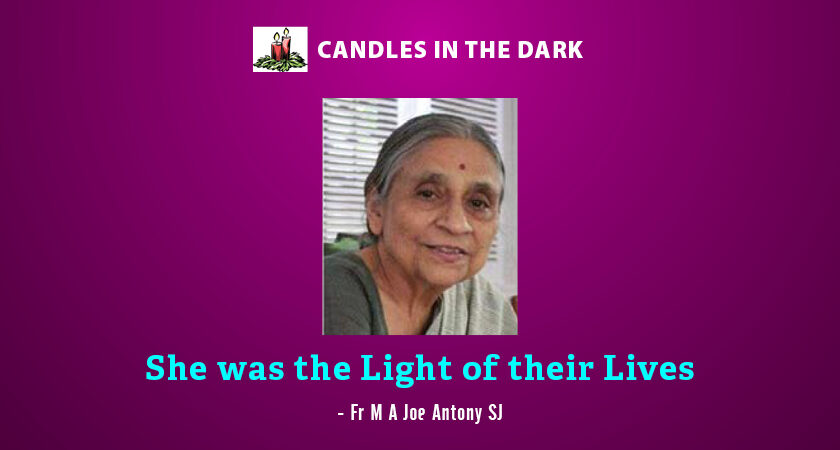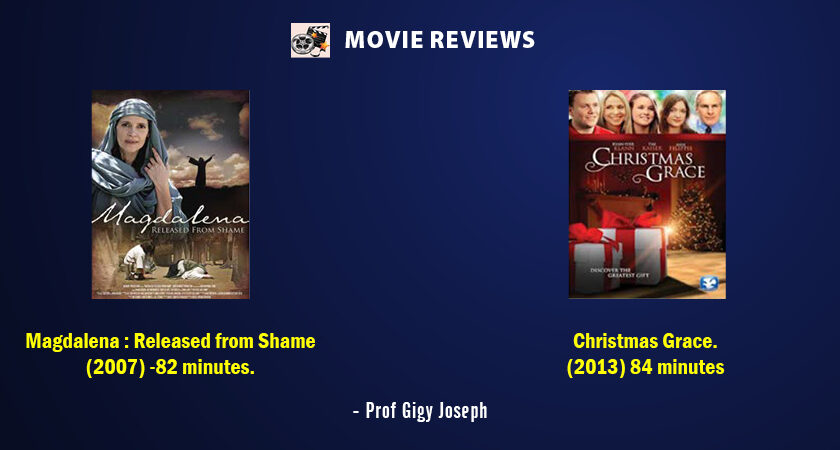Sunday Liturgy, the premier liturgical publication, turns golden this month. Published by the Indian Province of the Society of St Paul, the periodical was launched in Allahabad, Uttar Pradesh, the mother house of the Congregation in India in November, 1972, coinciding with the beginning of the approaching liturgical year. The goal of the till-now four-page leaflet was/is to help the Catholic faithful to participate more actively in the Sunday Eucharist. It was also intended to help busy pastors to prepare themselves for the celebration of the following day’s Eucharistic Liturgy.
His Eminence Cardinal Oswald Gracias, the Archbishop of Mumbai, will be the main celebrant at the Golden Jubilee Eucharist, and at the other festive programmes to be held at the Blessed James Alberione Hall, St Pauls Media complex, Bandra, Mumbai, on November 27, coinciding with the liturgical feast of Bl. James Alberione, the Founder of the Society of St Paul and the Pauline Family. In addition to felicitating the Paulines who edited the Sunday Liturgy, through its glorious journey till date, His Eminence will also release the golden jubilee edition of the periodical, with the new larger user-friendly format, and many other new features.
Fr Alfonso Elengikal SSP
To read the entire article, click Subscribe









